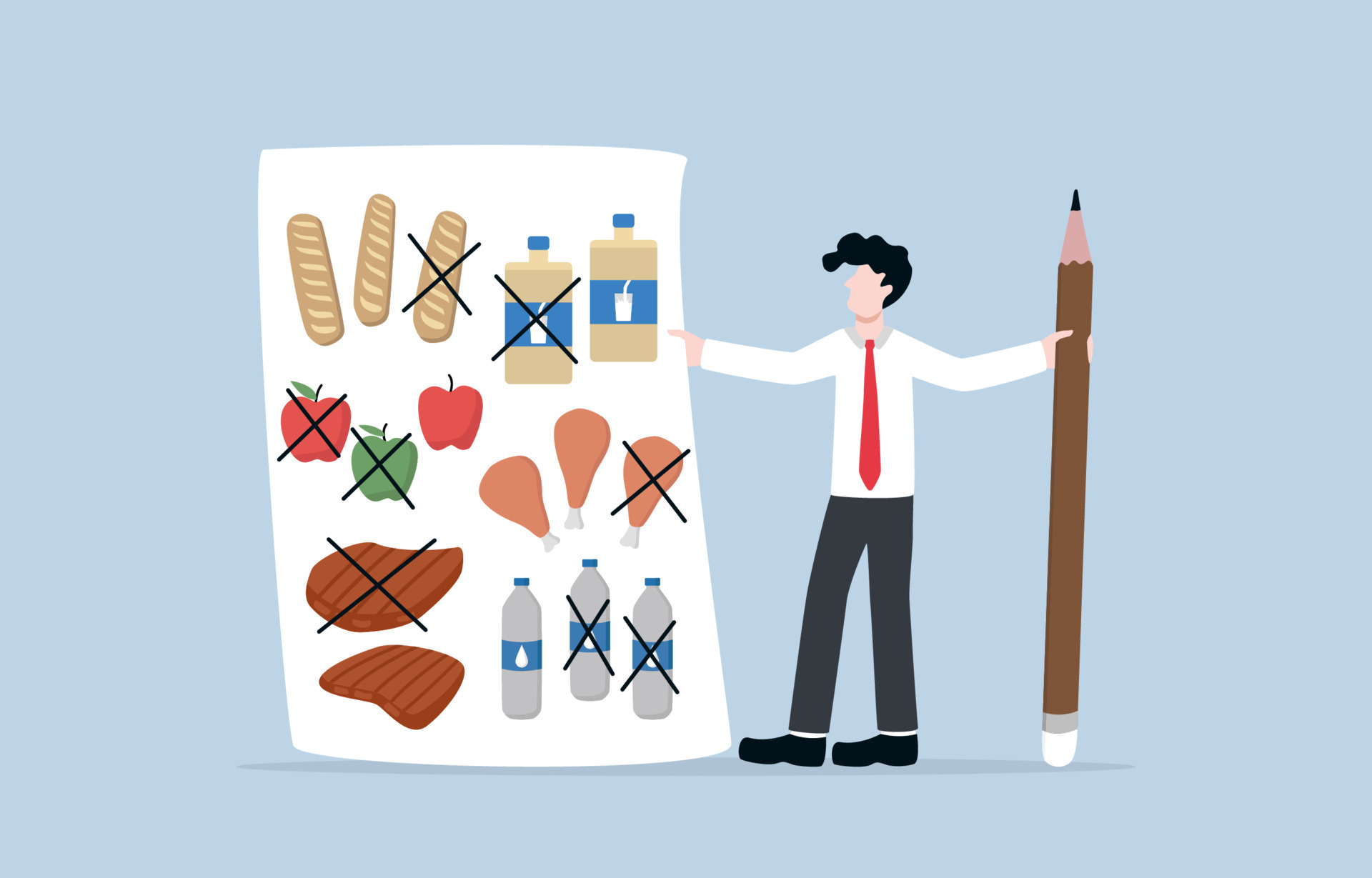 The Cost of Living Crisis in Australia: Rising Expenses and Changing Consumer Habits
The Cost of Living Crisis in Australia: Rising Expenses and Changing Consumer Habits
Introduction:
A new study conducted by Monash University’s business school reveals that the cost of living crisis has intensified in Australia over the past year. The study provides insight into Australians’ perceptions of living costs and the changes in their spending habits.
Rising Expenses:
According to the study, six in 10 shoppers reported spending more on housing, insurance, and groceries compared to the same time last year. Lead researcher Eloise Zoppos highlights that necessities have become more expensive, with over half of Australians feeling that groceries, housing costs, and insurance prices have increased.
Price Growth by Category:
The study also identified the categories that experienced the most significant price growth. Housing expenses, including rent, mortgage repayments, and utility bills, saw a 62 percent increase in spending. Insurance and groceries were also top categories with rising prices. Health, takeaway and restaurant meals, and travel and tourism followed suit. On the other hand, books and stationery, as well as consumer electronics, saw the least reported price increases.
Perceived Unfairness:
Over half of the surveyed shoppers believed that the price increases were unjust. Australians viewed housing costs, groceries, and insurance as unfairly priced. This perception further highlights the challenges faced by consumers in managing their expenses.
Changing Consumer Habits:
To cope with rising living costs, Australian consumers have had to adapt their spending habits. The study reveals several changes in consumer behavior. Firstly, there has been a 58 percent increase in the number of shoppers who wait for items to go on sale before making a purchase. Additionally, 54 percent of consumers now opt for cheaper brands of products they usually buy, while 52 percent defer purchases indefinitely.
Other measures taken by consumers to reduce price pressure include shopping for second-hand products, choosing locally produced goods, and prioritizing higher quality products over fast and disposable alternatives. These shifts in spending habits reflect the efforts of Australians to manage their expenses effectively.
Savings Strategies:
The study also sheds light on Australians’ savings strategies amidst the cost of living crisis. Approximately 82 percent of respondents reported saving at least a portion of their monthly income. However, it is concerning that 18 percent are unable or choose not to save at all. Among those who do save, 36 percent save 10 percent or less of their monthly income.
The most popular savings methods include traditional savings accounts, high-interest savings accounts, shares, physical cash, and fixed interest investments. These strategies demonstrate Australians’ commitment to building financial security and preparing for unexpected expenses.
Future Outlook:
The report’s findings coincide with the Treasury’s forecast that the inflation rate in Australia will drop to around 2.75 percent by December 2024. The Treasury predicts that inflation will remain at this level until mid-2025 before further decreasing to 2.5 percent by the end of that year. This aligns with the Reserve Bank’s target and suggests a more stable economic outlook in the future.
Conclusion:
The cost of living crisis in Australia has become more severe over the past year, with housing, insurance, and groceries experiencing significant price increases. This has forced Australian consumers to adapt their spending habits and prioritize saving for unexpected expenses. While the future outlook suggests some relief in terms of inflation rates, it is crucial for individuals to continue implementing effective financial strategies to navigate the challenges posed by rising living costs.

